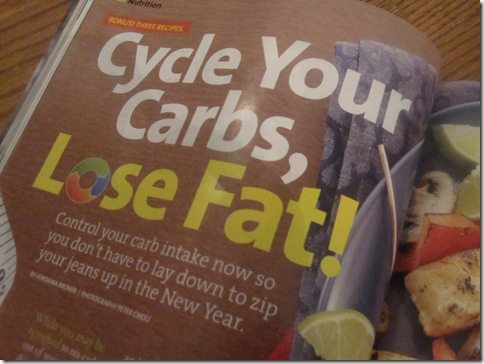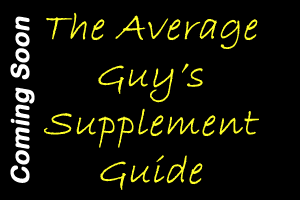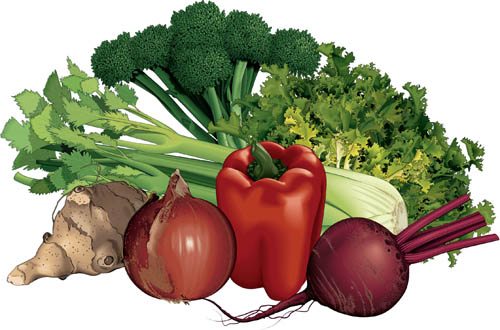
Bodybuilders put there body through tremendous stress. In order to continue to push themselves hard they need proper nutrition at all times. Vegetables are very important for that process to take place.
Categories of Vegetables
Vegetables are divided into five categories. The categories are dark green leafy vegetables, orange vegetables, dry beans and peas, starchy vegetables, and other vegetables. These categories are important to consider when choosing your vegetables.
Benefits of Vegetables
Vegetables are rich in vitamins and minerals. Vegetables are powerful because they are low in calories, they are high in fiber and they are packed with vitamins and pigments.
Vegetables enhance your overall health. They help support a strong immune system. Unfortunately many of the vitamins and minerals in vegetables are water soluble so you have to eat them many times a day.
Vegetables are rich in antioxidants which help slow the aging process. Vegetables also help repair free radical damage and damaged DNA.
Eating vegetables improves cardiovascular health as well as mental health. Veggies are also known to help reduce fat. Additionally the improve muscle building. They provide the correct vitamins and minerals that even a vitamin pill cannot provide.
What are the Best Vegetables for Bodybuilding?
It is best to stick to green vegetables when you are bodybuilding. At the top of the list is spinach as it is high in iron. You can also eat broccoli, collard greens, leafy lettuce, kale, and watercress. Really, any green leafy vegetable should be at the top of the list.
For great snacking get into cucumber and celery. They are low calorie and help keep you filled up from the fibrous content they have.
Starchy vegetables are next on the list. Eating potato and corn can also help with muscle building. Don't forget these vegetables when planning your meals. Eat them in moderation, but definitely eat them.

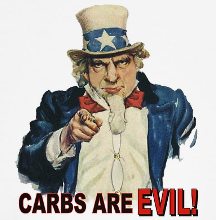
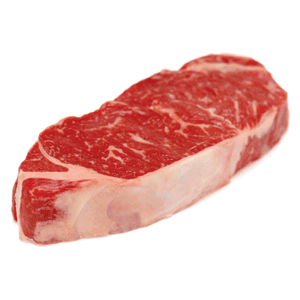 I originally considered naming this article “How Much Protein is Enough” but realized that “enough” is a bad word to use. As you can see, I changed “enough” to “optimal” because that is really what we are after–the optimal level of protein intake to meet our goals.
I originally considered naming this article “How Much Protein is Enough” but realized that “enough” is a bad word to use. As you can see, I changed “enough” to “optimal” because that is really what we are after–the optimal level of protein intake to meet our goals.